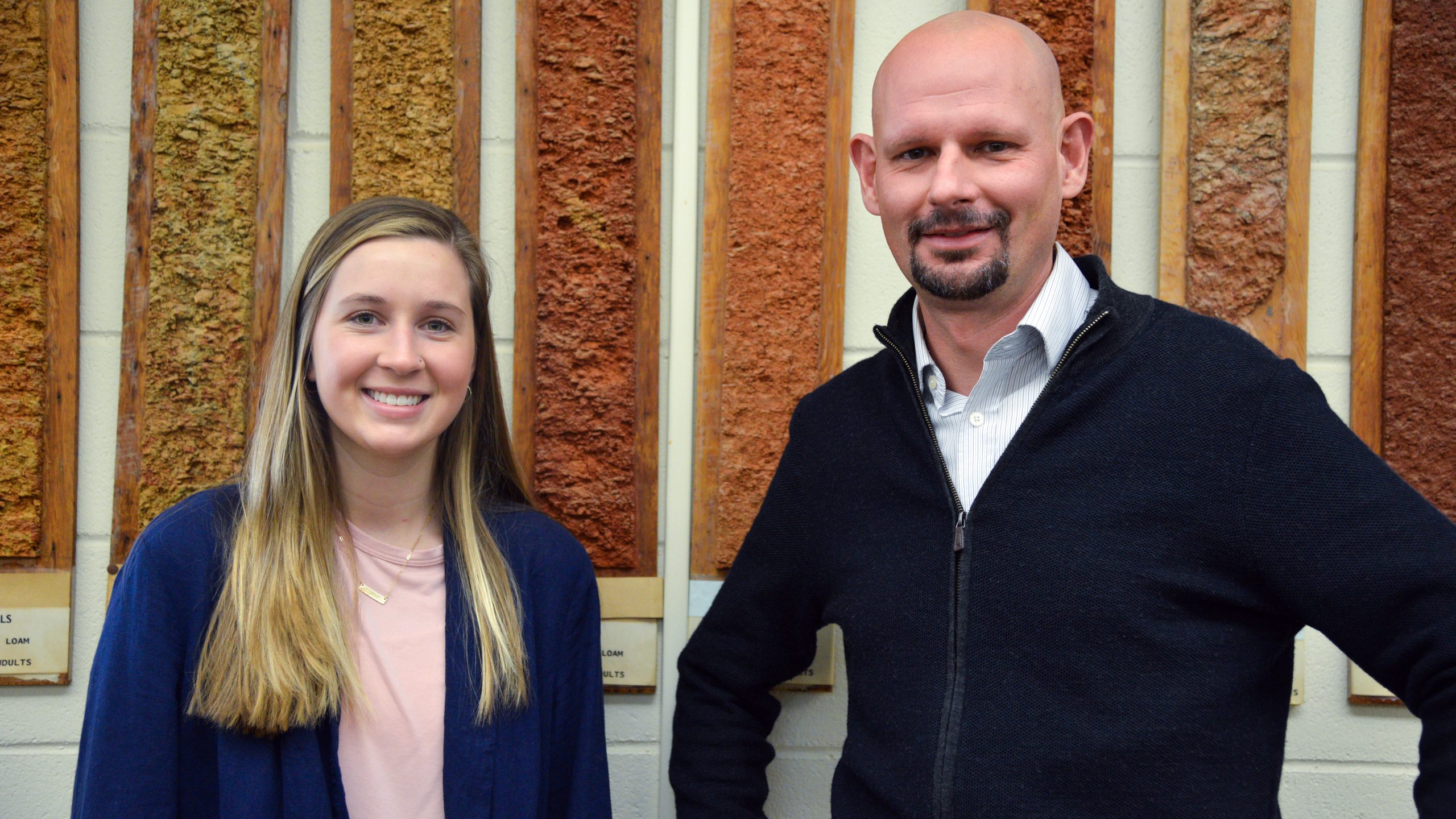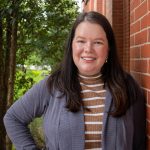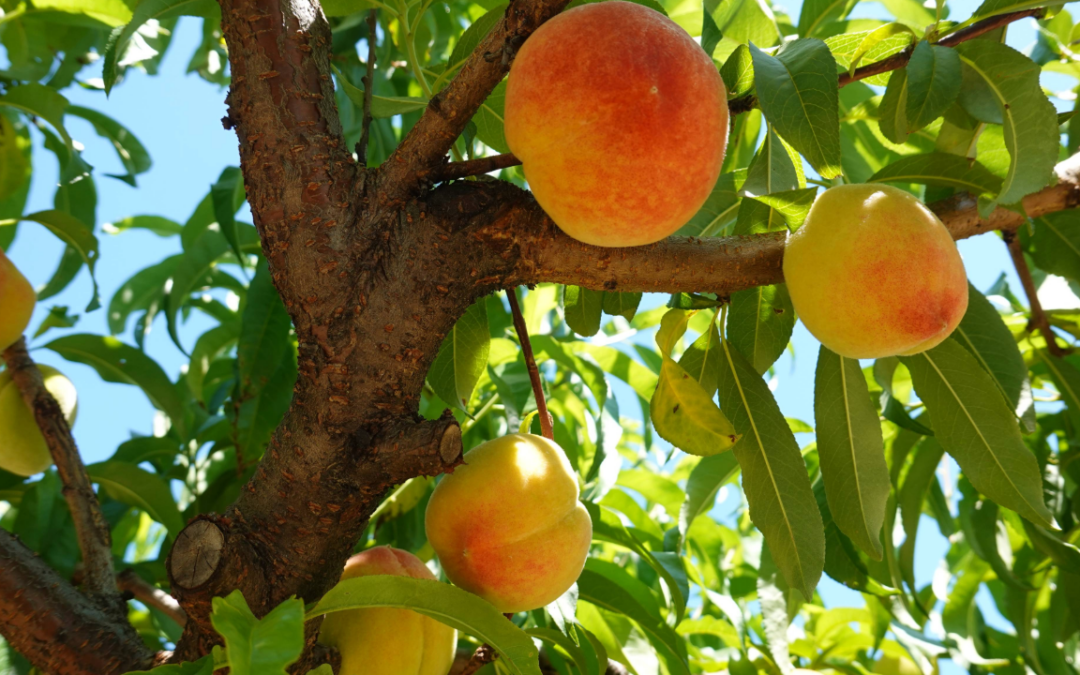What happens in a wetland?
It’s a simple question with a not-so-simple answer that Auburn University graduate student Olivia LeFevre started studying as an undergraduate under the direction of Associate Professor Thorsten Knappenberger.
“I came to Dr. Knappenberger because of his experience with wetlands — that was something I have always been really interested in,” said LeFevre, who earned her bachelor’s degree in biosystems engineering from Auburn. “He had a project that would be good for an undergraduate researcher to tackle assessing wetland reduction dynamics and using something called a rhizosphere camera to do that.”
The reduction of certain compounds — such as nitrate, carbon, iron and manganese, to name a few — is one of the processes occurring in wetlands due to the lack of oxygen underwater.
One example is an iron oxide formed by the reaction of iron and oxygen in the catalytic presence of water. A simpler name for that? Rust.
But the methods by which wetland scientists monitor these reduction dynamics is tricky.
“There is something called the IRIS method — the Indictor of Reduction in Soils,” LeFevre said. “We adapted this method to automate data collection.”
IRIS — first published in 2006 — uses PVC pipes coated with iron or manganese oxide and placed in wetland soils. Once a week, the tubes are removed and observed to see how much of the coating has been removed by the chemical reduction processes. But this method destroys five or more plastic pipes in the process and can be prone to errors.
“We evaluated the use of a rhizosphere camera to capture iron and manganese reduction — or the removal of the coatings — at high temporal resolution,” Knappenberger said. “A rhizosphere tube was coated with iron and manganese oxide (two sections of each oxide) and inserted into a saturated column filled with a surface horizon from a wetland soil.”
The camera was programmed to take pictures hourly over 28 days and compared with Eh and pH data.
LeFevre and Knappenberger are not the first to attempt to improve the efficacy of the IRIS approach. In 2021, a study out of the University of Maryland used a borehole camera to capture images in clear IRIS tubes, which required manual camera movement through the tube.
This study expanded on that with a fully automated method of hourly image acquisition and image processing for finer temporal resolution of IRIS.
LeFevre and Knappenberger worked with fellow Auburn Agricultural Experiment Station researchers Professor Joey Shaw and Assistant Professor Yaniv Olshansky and published their study in Agricultural & Environmental Letters.
“This was really a perfect scenario,” Knappenberger said. “Olivia had the experience to put the system together to get this to work, set up the data loggers, program and make some tweaks to the camera. She wrote the script, found out how it could be controlled, and I think in that respect it was not something I would expect the typical undergraduate student to be able to do.”





